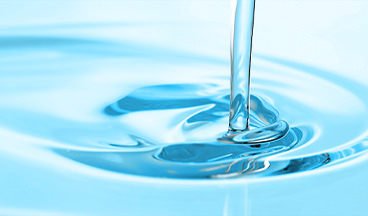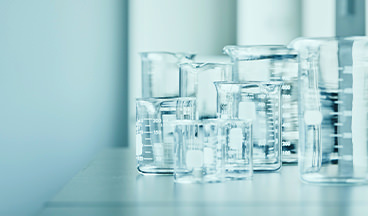Dispersion and solubilization
Dispersion is similar to emulsification, but it refers to making solid particles hard to aggregate.
Solubilization is a phenomenon in which a solvent is incorporated into micelles formed by an emulsifier and dissolved in water or oil.
These micelles are so fine that a transparent liquid can be prepared.
The SY-Glyster is excellent in thermostability, so it can also be used for foods that are heated for a long time.
Dispersion
(Main applications: Beverages, soups, etc.)
Dispersion state of solid particles
By adding ML-310 into water, solid particles that tend to precipitate is dispersed uniformly.
e.g., ML-310, MM-750, and MCA-750
Solubilization (water soluble and oil soluble)
(Main applications: Beverages, etc.)
Solubilization of fat-soluble substances in water
When a fat-soluble substance is dispersed in water, weak stirring results it cloudy state. However, with addition of MO-7S and CRS-75, emulsion particles become fine and transparently soluble even with the same weak stirring.
e.g., MO-7S, ML-750, CRS-75, etc.











